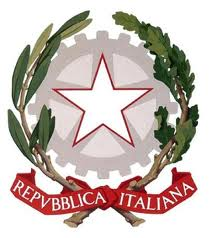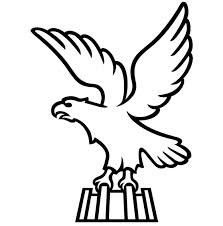(ANSA) - UDINE - Helping youths reflect on the terrible
tragedies experienced by the peoples throughout Europe during
WW1, beyond rhetoric and nationalism, by focusing on
understanding other people's culture and feelings, exploring all
the main areas involved and deepening historical knowledge.
This is the goal of the project ''The War of the others'',
devised and developed by the cultural association 47|04 and
supported by the Autonomous Region of FVG, whose first and
second phases were completed in recent days, with the visit of
20 students from Debrecen (Hungary) and 20 from Oradea (Romania)
on the sites of the Great War in Friuli Venezia Giulia, along
with their peers from Gregorcic (Gorizia)and Einaudi
(Staranzano) high schools. At the end of this visit, and after
the Italian and Slovenian students will have visited Debrecen
and Oradea in late April, the youths of the three countries
involved in the project will create a collection of 'emotional'
multimedia guides, using geo-referenced storytelling techniques
and publishing them online.
''It's an innovative project because it aims to promote new
interpretations of one of the greatest tragedies of the last
century'' said Alessandro Cattunar, project manager and chairman
of 47 | 04. These young Hungarian and Romanian visitors were
welcomed to Doberdob/Doberdò del Lago (Gorizia) by the
provincial Councillor for Culture Federico Portelli, along with
the Mayor of Doberdò Fabio Vizintin. ''This is an opportunity to
promote dialogue and peace, but also to learn about the many
identities that make up the new united Europe'', said Councillor
Portelli, whereas Doberdò mayor Vizintin stressed that ''in
these sites, where Italians, Slovenians, Hungarians and other
nationalities struggled in a terrible war, today, a hundred
years later, it is important that memory becomes the basis for
building and defending peace''. The young Hungarian and Romanian
students visited other WW1 sites, such as the Hungarian Chapel
in Visintini (Doberdò), the ''Museo della guerra per la pace
Diego De Henriquez'' in Trieste, the Speleological Museum of San
Martino del Carso, the WW1 Museum and Ossuary in Kobarid
(Slovenia), the Transalpina square in the city of Gorizia, where
students could learn about the history of Gorizia and its
border. Many of them have hoped that soon other borders between
the countries of the European Union, such as the one between
Hungary and Romania, will definitely fall. At the end of their
stay in FVG, students from Hungary and Romania visited the Open
Air Museum in Ragogna (Udine), where you can discover bunkers,
trenches and other sites that were theatre of war on the banks
of the river Tagliamento. (ANSA).
© Copyright ANSA - All rights reserved














